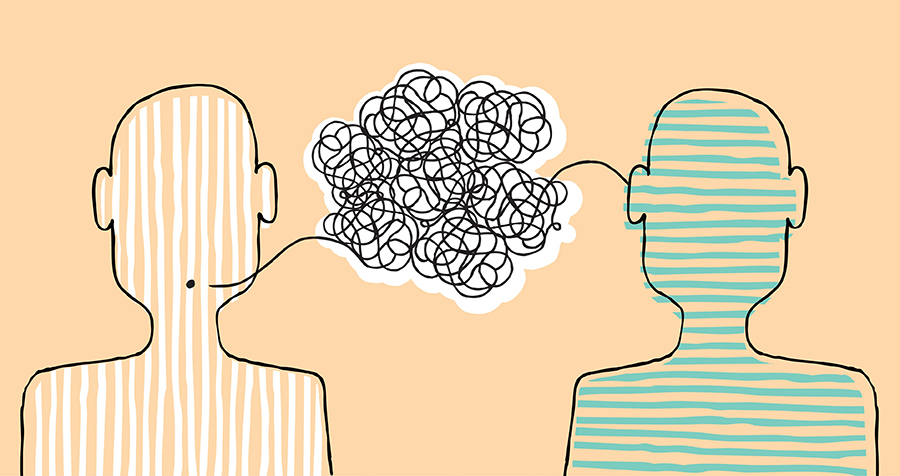How to Have Successful Customer Visits to Your Customer Experience Center
In my first blog on Customer Experience Centers (CECs), I shared best practices and key strategic elements in the various customer experience centers we visited last summer. My second blog focused on some of the more tactical elements that we saw involved in the design of these centers and preparations for customer visits, e.g., layout, physical props, and the all-important effort that goes into communicating your story. Now we’ll bring it all together with an overview of the best practices for executing the actual customer visit itself, starting with the intake process and ending with critical follow-up steps.
Intake Process: Registration, Research, and Planning
One of the first themes that emerged as we learned about best practices at customer engagement centers was the need for a well-thought-out registration or intake process for every visit (whether a new customer or a return visit). These processes vary from center to center, but typically involved several common elements:
- Coordinate information sharing: Executing a successful customer visit requires close collaboration between sales reps and technical folks to clarify the objective of the initial meeting and any follow-up interactions (e.g., whether a second visit should involve a broader range of participants, or narrow and focus on specific technical challenges). Large firms in particular may want to consider implementing a CRM system to track who has interacted with whom and record any relevant market research or account plants that have been developed.
- Do your homework: If a sales rep generates a first visit, they will be an essential, but not sole, source of information about the underlying customer problem or situation. Additional research is advisable to help provide context, whether it’s about competitive pressures, regulatory hurdles, or internal politics. For relatively local customers, it may be helpful to start with a shorter meeting between a limited number of participants so that the host company can “right-size” the itinerary for the formal visit. There are no rote or “one-size-fits-all” customer visits – each should be tailored to the client and situation at hand.
- Give yourself plenty of time: The time allotted to accommodate a customer visit (from conception to execution) varied widely among the centers we visited – anywhere from an hour to 3 months – but a lead time of four to six weeks to prepare for a visit was considered optimal.
Who’s in the Room? (Or Sales vs. Tech)
The goal of a customer experience center is to generate revenue. But who “owns” the visit? The business-facing sales rep who identifies the clients’ problem and brings them to the center? Or the technical staff who will be the ones likely to solve the clients’ problem?
Letting sales staff run the show risks leaving the customer unsatisfied – as one company said,
“Sales reps want customer tech shows in which they can participate; customers want to hear new tech ideas from engineers.”
But leaving the entire visit to technical staff has its drawbacks as well, and at least one firm we visited has a “no drop-off” rule to prevent sales staff from doing just that. In general, CEC personnel must actively work together to strike the delicate balance between the business drivers associated with the relationship and the technical orientation that is often the foundation for the visit.
Conducting
In my previous blog, I talked about the importance of thoughtfully developing the story you want to tell your customers about your company. How you tell the story is likewise important and worthy of thoughtful development. This requires not only planning and preparation, but also the ability to pivot in the moment and adapt as the conversation develops. Being able to pivot means being skilled at listening. While active listening is hard work, it’s essential to one of the goals of a customer visit – to elicit. Not ask, not survey, but elicit. From the Latin ēlicitus, or “drawn out.”

CEC guides frequently mentioned that customers don’t come in with a clearly articulated problem. Part of the challenge inherent in elicitation is helping to identify and define the problem. How can the customer be helped to discover the problem that needs to be solved? When (or where) is the moment that the problem takes form? And while the problem is taking shape, how can the “wild” or “out there” ideas – that might just turn into something with a little more coaxing – be maintained for future consideration? Skilled guides excel at leading the customer through this thought process to arrive at an outcome that everyone understands and is excited about.
So – What’s A Successful Customer Visit?

One of the measures of success for a customer visit was described to us as creating a shared experience, a moment that may later be referred to as, “Do you remember when we…?” between you and your customer. That’s a great accolade, but undoubtedly the greatest measure of success is the opportunity to innovate – new ideas, new products, new processes – that results from improved communications, deeper understanding of customer problems and company capabilities, and the trust needed to execute. There’s a lot of work and individual skill that goes into achieving this outcome, but if you take the time to prepare a thoughtful, personalized experience for your customer, it just might pay off.
Find out how Newry can help your organization move smarter to move faster. Get traction in your market.
